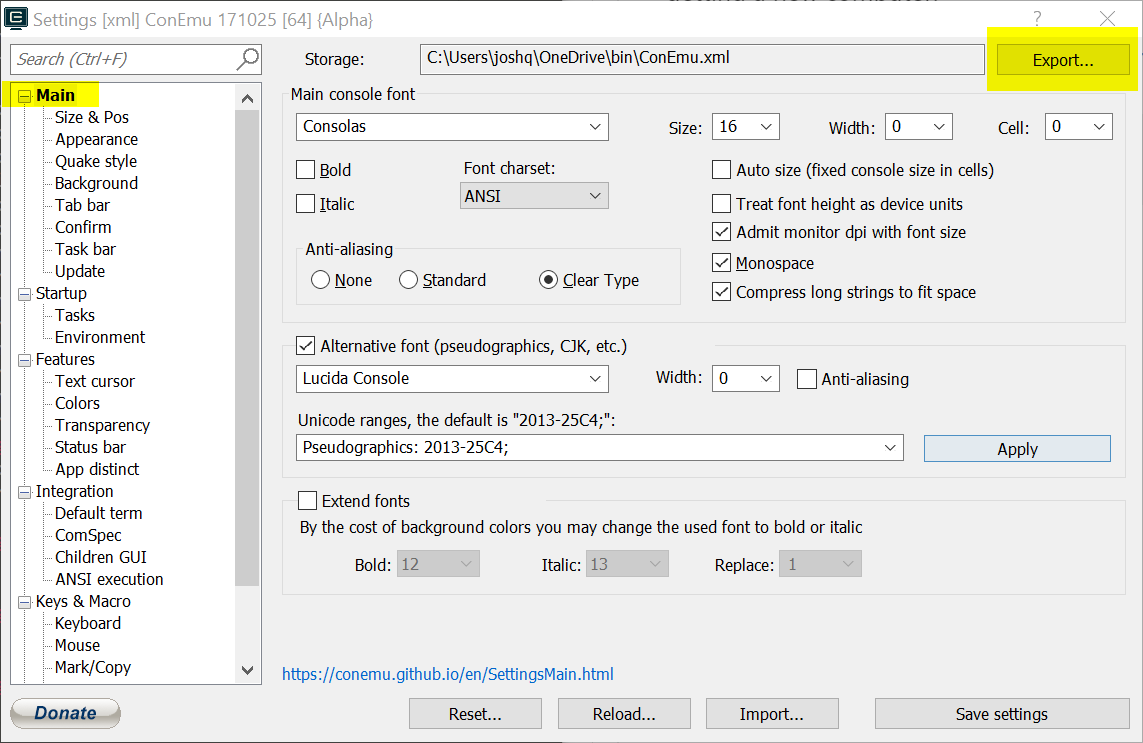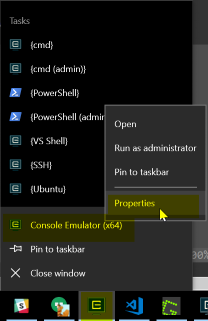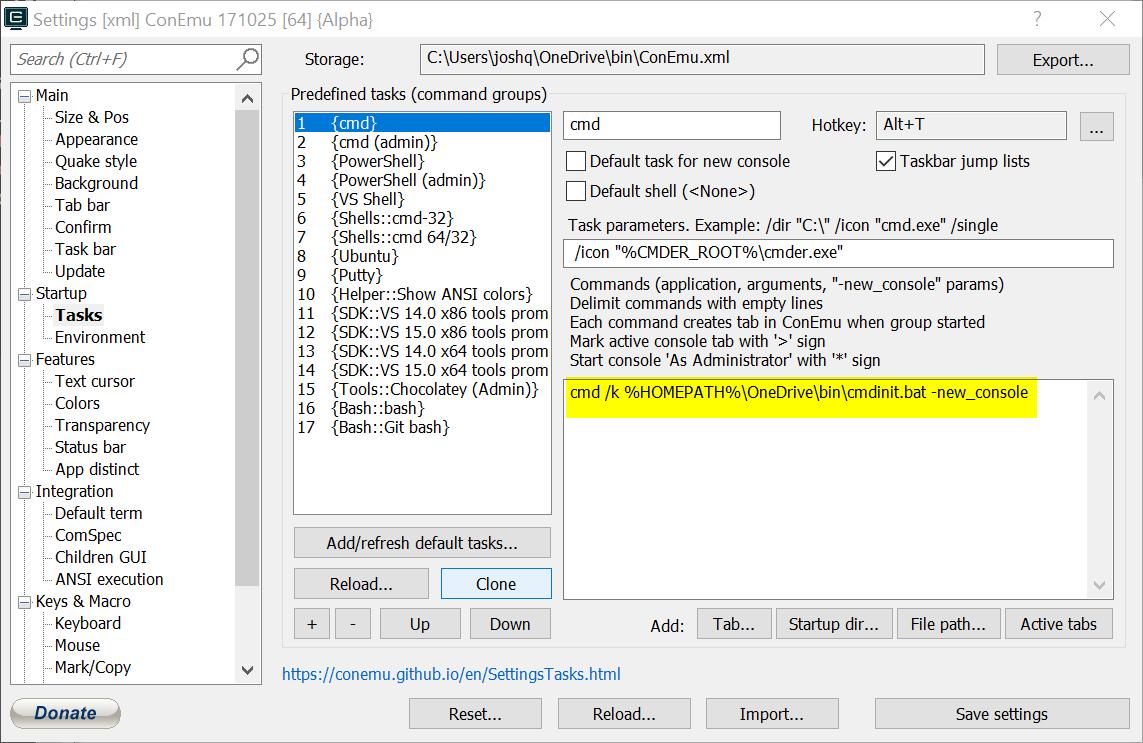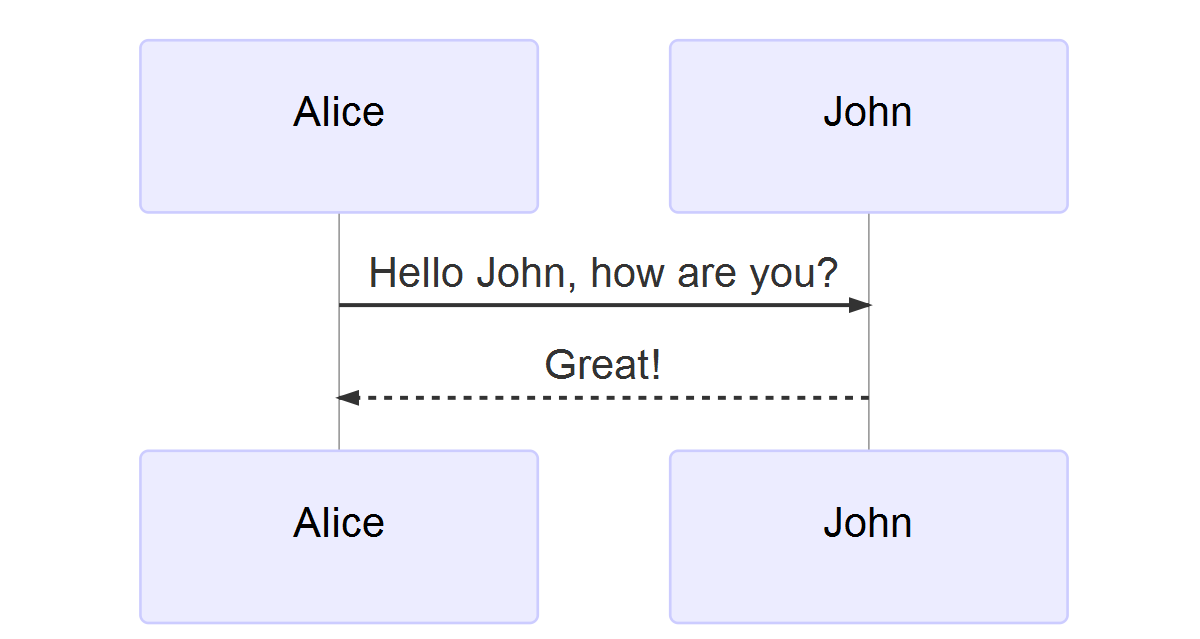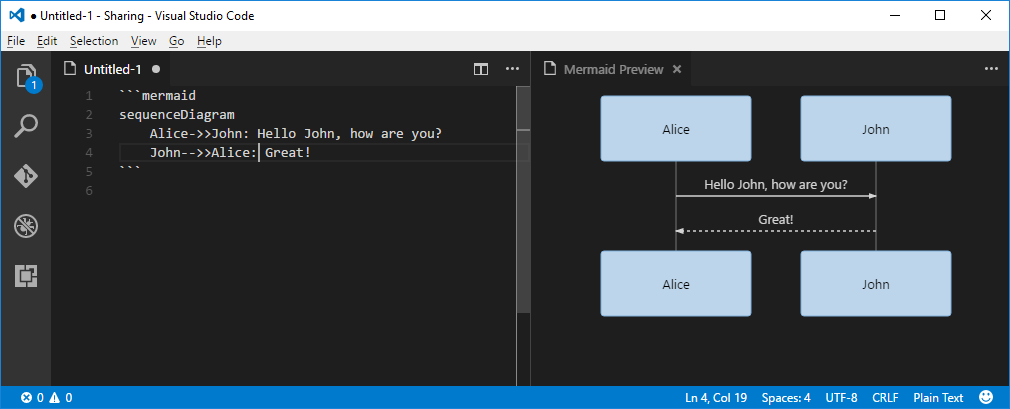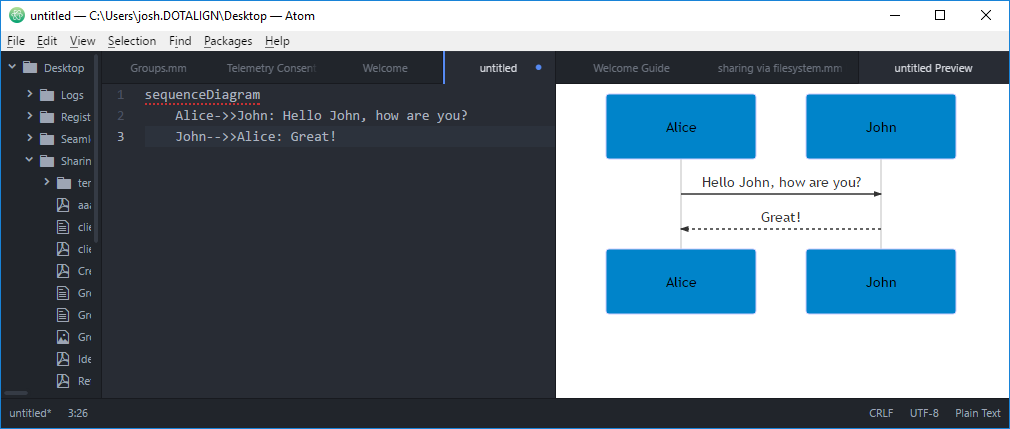When I’m reading a Shakespear play for the first time in preperation to go to
the theater I like to do a couple of things. First off, I read and reread it
several times. This helps me get past the stage of just understanding what is
happening (sometimes a little difficult given the language). After the second
or third read through, I’m no longer just focusing on plot, but I can start to
enjoy the themes and characters a lot more.
Next, I try to summarize what happens in each act and scene. In order. From
memory. Again, this helps me focus on the themes, but more importantly (to me
at least) it helps me remember the structure of the text when I’m in the
theater. This means, I can spot the changes the production chose to make. Sure,
most productions will drop all of the horse jokes because who in modern times
is going to understand the joke about the old palfrey? I’m sure it went over
great in the 16th century, but it doen’t really land in the 21st. But what
about the other minor changes? What impact do they have on the production? Were
they cut for time? Clarity? Because they conflict with the themes the
production is trying to present?
Anyway, so I’m a nerd and I take too many notes when I’m ostensibly reading for
pleasure. Here are my notes from my most recent reread of King Lear.
Characters
Principle players
- Lear
- Kent
- Lear’s faithful servant
- Exiled
- Daughters
- Goneril & Albany
- Regan & Cornwall
- Cordelia - The good one
- Glouchester, Duke of
- Edmund
- Edgar
- Fool
Plot Summary
Act 1
In which Lear fails to plan for his retirement.
Act 1 Scene 1
Lear decides to retire and splits up his kingdom amongst his daughters based on
how much they love him. Turns out Goneril and Regan are good at professing
their love. Cordelia on the other hand is more plain spoken. She gets the
shaft. Kent gets exiled. France marries Cordelia.
Act 1 Scene 2
Edmund starts to make his dad think that Edgar is out to kill him for his
inheritance. Bastards gotta bastard.
Act 1 Scene 3
Goneril ain’t enjoying having her dad live with her.
Act 1 Scene 4
Lear starts to chafe at living with his daughter. Kent comes back all
disguised and ingratiates himself back in with Lear. Fools gotta fool.
Act 1 Scene 5
Lear heads off to his other daughter’s place with the Fool. Kent goes ahead as
a messenger.
Act 2
In which Lear realizes that he should have planned for his retirement.
Act 2 Scene 1
Edmund scares Edgar into thinking that Glouchester has it out for him. Fakes a
fight with Edgar and Edgar flees. Glouchester sees this as proof that Edgar
was plotting against him and disowns his son. Regan and Cornwall arrive and
support Glouchester in this decision.
Act 2 Scene 2
Kent arrives at Glouchester’s at the same time as Goneril’s messenger and gets
sassy with him. Maybe a little too sassy since Cornwall has him put in the
stocks.
Act 2 Scene 3
Edgar is evading pursuit. Decides to dress up as a crazy beggar (Tom o’
Bedlam) and go on the lam.
Act 2 Scene 4
Lear arrives to find his servant in the stocks and gets pissy about it. Regan
don’t care. Goneril arrives and double teams Lear with her sister. They say
as long as he is living under their roofs he has to give up his retinue of 100
knights. Whittling it down to 50, then 25, then none. Lear says F this and
runs out into the storm.
Act 3
In which Lear argues with the wind, which I’m guessing is the medieval
equivalent of yelling at the T.V.
Act 3 Scene 1
Kent, looking for Lear, bumps into a “Gentleman” from Lear’s retinue. Tells
him that all is not lost and that France is coming with Cordelia. Scene ends
with them going in separate directions in search of Lear.
Act 3 Scene 2
Lear wanders around in the storm yelling at it and wallowing in self pity. The
Fool tries to cheer him up to no use.
Act 3 Scene 3
Glouchester frets over Lear being out in the storm. Tells Edmund that he’s
going to help his erstwhile king. Edgar’s all like “cool. cool cool cool.”
and then tells the audience that he’s totally going to rat out his dad so that
Cornwall will like him.
Act 3 Scene 4
Kent finds Lear and convinces him to seek shelter. They stumble across a shack
with Edmund in it who is pretending to be crazy. Glouchester finds them and
invites them all back to his pad for safety.
Act 3 Scene 5
Edgar rats out his dad to Cornwall. Cornwall calls for his head.
Act 3 Scene 6
Lear has a delirious fever dream of a trial for Goneril and Regan. Imaginary
Regan is imagined to run away and is then chased by imaginary dogs. Glouchester
comes back and tells Kent to take Lear to Dover.
Act 3 Scene 7
Cornwall sends Goneril and Edgar back to Goneril’s castle, plucks out
Glouchester’s eyes, and is stabbed. It’s just a flesh wound.
Act 4
In which reunions are made and more are hinted at.
Act 4 Scene 1
Blinded, Glouchester has been kicked out of his own castle and is brought to
Edgar. Edgar agrees to take him to Dover.
Act 4 Scene 2
Goneril and Edmund arrive at Goneril’s castle. Albany (her hubby) isn’t happy
about all the king-gas-lighting and eye-plucking. Goneril totes has the hots
for Edmund. Cornwall dies off stage.
Act 4 Scene 3
Lear has arrived at Dover. Cordy reads a letter about how her sisters treated
their dad. It made her sorrowful, but at least she’s pretty when she’s sad.
Lear is to ashamed to see his daughter.
Act 4 Scene 4
A doctor tells Cordelia that there is hope for treating her dad. She sends
out people in search of him.
Act 4 Scene 5
Regan talks with Goneril’s messenger. She’s concerned that Goneril might
be intersted in Edmund and tries to get this information from Oswald (the
messenger). She reveals that she thinks she is a better match for the
new Duke of Glouchester.
Act 4 Scene 6
The cliff diving scene. Edgar (as Poor Tom) has led his father to “the edge”
of the Cliffs of Dover. In fact they are nowhere near the cliffs. Edgar
in the hopes of helping his father get over his suicidal depressoin encourages
his father to jump. Glouchester jumps and doean’t get hurt since they are
pretty much on solid ground. Edgar now pretends to be someone else and talks
about how far Glouchester had fallen. Glouchester accepts this as a miracle
and resolves to live his life out.
Lear stumbles in around now and starts to pontificate on morality. He’s chased
off when Cordelia’s messengers find him and try to bring him back t his daughter.
Oswald next stumbles into the scene and declares his intent to kill Glouchester.
Edgar, being the good son, takes issue with this and defends his father,
killing Oswald. After searching the body, he finds Goneril’s note to
Edgar plotting the death of Albany (Goney’s hubby).
Act 4 Scene 7
Lear has been caught and brought back to Cordy.
Act 5
In which everyone lives happilly ever after, except for the vast majority who die in the last scene.
Act 5 Scene 1
Prelude to war. Albany shows up and joins with Regan. Edmund later contimplates
killing Albany.
Edgar gives Albany the letter from Goneril trying to plot his assination with Edmund.
Edmund think about which sister he wants to marry.
Act 5 Scene 2
The war has been lost. Edgar tries to reassure Glouchester who is ready to die.
Which is good cuz he dies off stage between scenes.
No further, sir. A man may rot even here.
– Glouchester Line 9
Act 5 Scene 3
Edmund sends Lear and Cordelia to prison followed with orders to have them killed. Lear goes gladly. He looks forward to spending the rest of his days with Cordelia and cares not for prison.
Albany, Goneril, and Regan enter and start arguing over Edmund’s station. Goneril reveals that she’s poisoned Regan. Albany summons Edgar (no longr dressed as a commoner) who accuses Edmund of being a traitor and fights him in single combat. Edmund is mortally wounded but takes his sweet ass time to die.
Albany promises to give everything to Cordelia and Lear. Enter Lear with Cordy’s dead body. Lear dies of grief. Kent arrives to say that he’s not long for this world.
Who Dies:
- Glouchester (off stage)
- Regan (poisoned, dies off stage)
- Edmund (wounded in single combat, dies slowly on stage)
- Cordelia (hanged off stage)
- Lear
- Kent (implied to off stage soon after the completion of the play)
Resources
